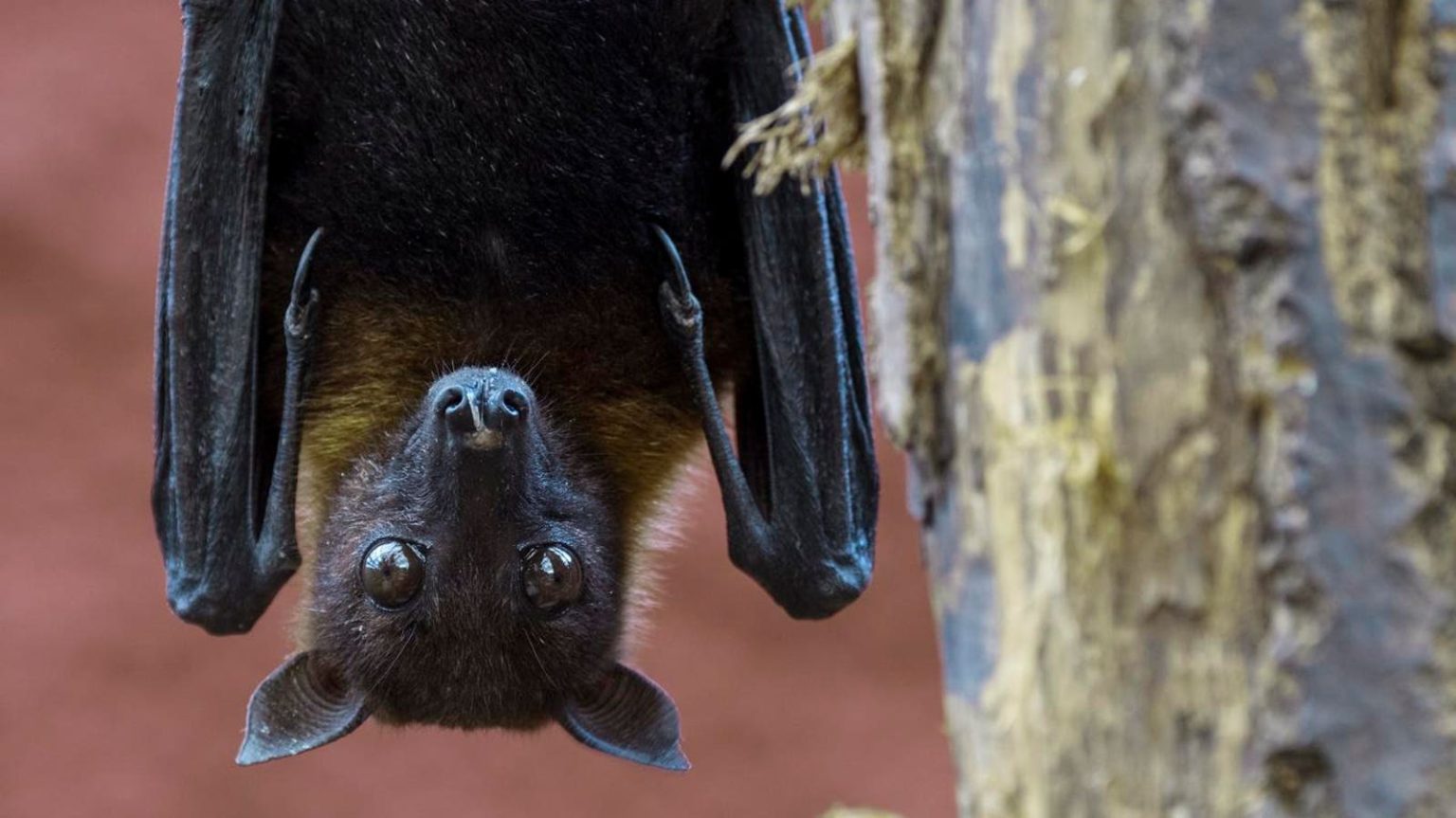Topline
The University of Oxford announced Thursday that it had launched human trials for a vaccine to protect against the deadly Nipah virus, offering early hope against the dangerous pathogen that experts believe could seed a new pandemic, has no approved vaccines or treatments and kills as many as three in four of the people it infects.
Key Facts
The first participants in the clinical trial received doses of the vaccine over the last week, Oxford said in a statement.
The experimental shot is being developed by the university’s Pandemic Sciences Institute and uses the same viral vector technology as the Covid-19 vaccine it successfully developed with pharma giant AstraZeneca.
The early-stage trial will assess the vaccine’s safety and immune response in 51 people aged between 18 and 55, the statement said.
It is expected to run for 18 months with further trials expected in a Nipah-affected country.
Brian Angus, the trial’s lead investigator and professor of infectious diseases at Oxford, said the trial is “an important milestone” in tackling Nipah, both by finding a way of preventing local outbreaks and also “helping the world prepare for a future global pandemic.”
Crucial Quote
“Nipah has epidemic potential, with its fruit bat hosts found in areas home to over two billion people,” said In-Kyu Yoon, leader of vaccine research and development at the Coalition for Epidemic Preparedness Innovations (CEPI), a group that finances projects to develop vaccines against emerging infectious diseases, including the Oxford trial. “This trial is a step forward in efforts to build a suite of tools to protect against this killer virus.”
Key Background
Nipah is a rare and potentially deadly virus first discovered some 25 years ago after an outbreak among pigs and pig farmers in Malaysia and Singapore. It’s a zoonotic virus—meaning it can spread from animals to humans—though rare cases of human-to-human transmission have been reported. Fruit bats, also known as flying foxes, are Nipah’s natural hosts and the virus infects humans through direct contact with infected animals or their bodily fluids or after eating food contaminated with these. While infection with Nipah does not appear to cause noticeable disease in the fruit bats hosting it, it is known to infect a range of hosts including humans, pigs, sheep, goats, horses, cats and dogs, with severe disease reported in at least humans and pigs during past outbreaks. Infections can be devastating, with symptoms ranging from headaches and coughing to brain swelling, seizures, and coma. Health agencies estimate as many as 75% of people infected with Nipah will die from the infection. Those who survive may then face long term neurological issues stemming from the infection, with symptoms including seizures and personality changes reported. An outbreak in Nipah in India last year sparked concern among health officials, who raced to track down cases and contain the virus.
What To Watch For
Knowledge gained from the trial could also help with developing countermeasures for Paramyxovirus, a large viral group that includes the often fatal Hendra virus, critical threats like measles and mumps and a number of devastating animal diseases like canine distemper and rinderpest, a “cattle plague” that, along with smallpox, is one of only two diseases ever eradicated by humans.
What We Don’t Know
Health experts, including at the World Health Organization, consider Nipah to be a major public health threat and an urgent priority for research and development. Nipah has significant potential to seed a new pandemic, they warn, pointing to the sheer number of people at risk of potential exposure to bats carrying it, the increasing frequency of outbreaks, the potential for human-to-human transmission, the multiple routes of human infection and its relation to highly infectious human viruses like measles, suggesting it could mutate in a similar way. There are also few countermeasures against the virus and while some vaccines are in development, none have yet been authorized.
Tangent
The WHO named Nipah one of just 10 diseases as having the potential to seed the world’s next pandemic for which we have few to no countermeasures. It joins three diseases caused by coronaviruses—Covid-19, Middle East Respiratory Syndrome (MERS) and Severe Acute Respiratory Syndrome (SARS)—as well as Zika, Ebola, Marburg, Lassa fever, Crimean-Congo haemorrhagic fever and Rift Valley Fever. The list is not exhaustive, however, and WHO said an otherwise unknown disease, dubbed “Disease X,” could also trigger a future outbreak.
What To Know About The Deadly Nipah Virus As India Races To Contain Outbreak (Forbes)
Read the full article here





